Although most tornadoes occur in spring in the area of the U.S.known as “Tornado Alley,” in reality tornadoes have beenknown to occur in every state and in every month. According to theNational Oceanic and Atmospheric Administration (NOAA), there were41 confirmed tornadoes through the end of March 2015, with apreliminary count of 929 through July 22.
|What steps can you advise your clients to take to protect theirhomes from tornadoes? “The precautions are similar to those youwould take to prepare your home for a hurricane,” says JoAnnStreem, vice president, global risk consulting manager, at ACEPrivate Risk Services.
|[Related: 8 steps toward creating a tornado preparation andresponse plan]
|“The biggest risk is from flying debris,” Streem notes. “It'simportant to protect what we refer to as the envelope of thestructure—which includes the entry doors, garage doors, windows androof—and keep the debris from getting inside the home,” shesays.
|Streem provides these six tips agents and brokers can share withclients to help them be prepared for tornadoes and minimizelosses.
|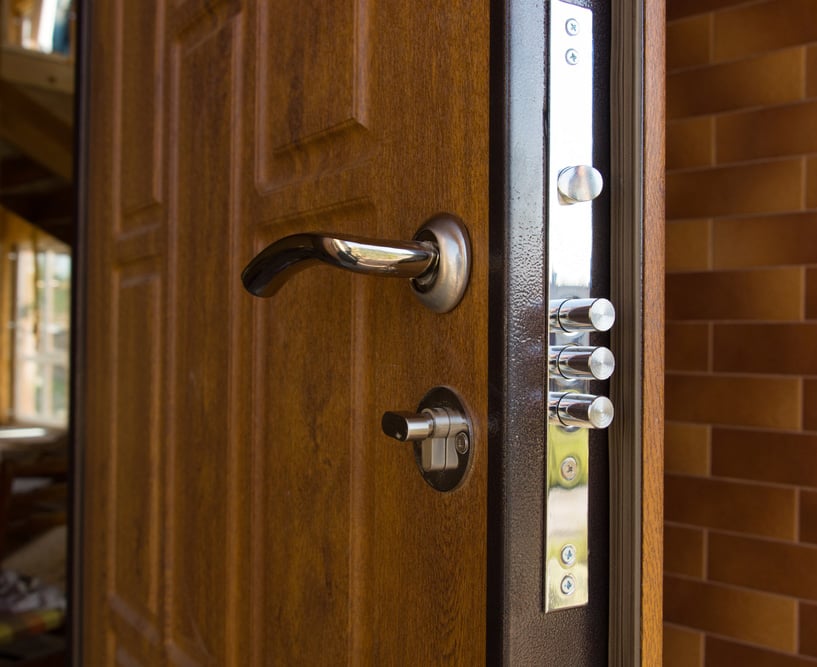
(Photo: Shutterstock/Viacheslav Nikolaenko)
|1. Secure entry doors
|Ensure that entry doors have a two-inch deadbolt lock and threehinges, with screws long enough to secure the door and frame to thewall framing. Streem stresses that the framing aspect is the mostcritical element, and it has to be the most secure.
|[Related: 5 tornado prep tips forbusinesses]
|“You might have a very strong steel door that also is windresistant,” she explains, “but the frame could be the weakestpoint. If something heavy hits the door, it could pull away fromthe frame, creating an opening for wind and debris.”
|The key is to make sure that the door frame is anchored well.Streem advises drilling into the wall framing and floor withsomething longer and stronger than standard framing nails.
|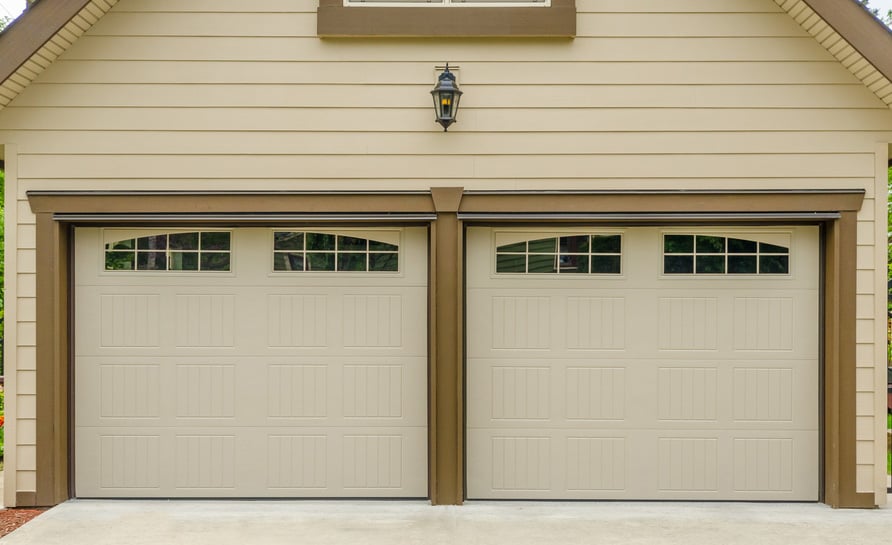
(Photo: Shutterstock/karamysh)
|2. Brace garage doors
|Your garage door—the largest potential opening in your home—isanother vulnerable point, Streem explains. If the garage door goesmissing, is left open or is taken out, it completely compromisesthe structure of your home.
|A single-car garage door is usually eight-feet-wide or less, andit can usually withstand 50 pounds of pressure per square foot. Ifyou have a multi-car garage, however, or an oversized door, Streemadvises homeowners to install wood or metal stiffeners for addedsupport. She suggests using metal vertical bracing, although woodmay be acceptable in certain circumstances.
|You can buy bracing products that can be installed before atornado hits, which will make the door stronger and more windresistant. If you're expecting bad weather, and your door isn'tbraced already, Streem recommends that you install a vertical braceinto the framing of the wall and the floor, similar to the way youwould board up windows in a hurricane.
|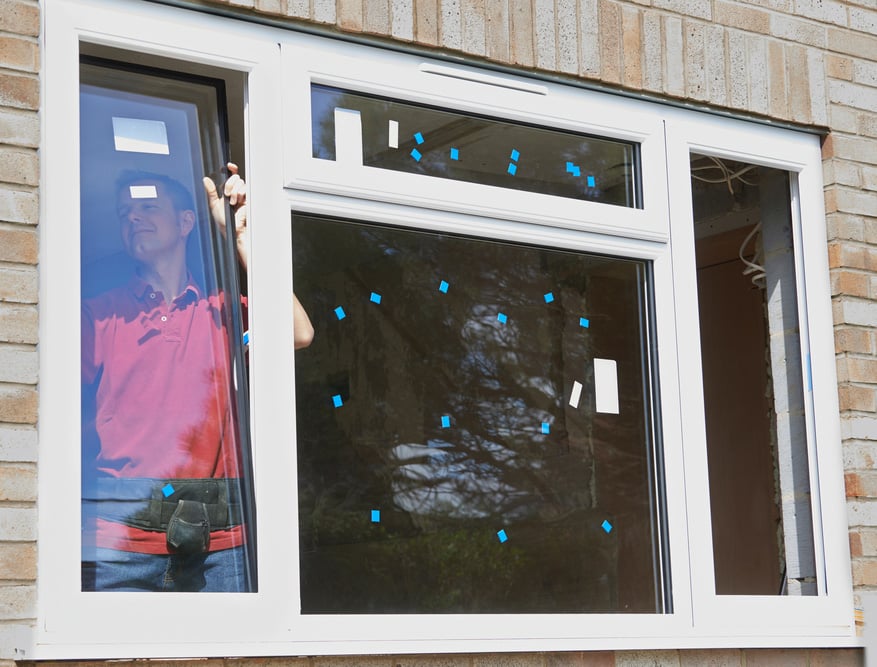
(Photo: Shutterstock/SpeedKingz)
|3. Install impact-resistantwindows
|“Shattered windows can cause serious injury,”Streem says. “The best protection—especially if you're building anew house or remodeling and existing one—is to installimpact-resistant windows.” She admits that they are more expensiveto buy, but they can be customized to the space and provide betterprotection. Depending on where the house is located, they also maybe required by the local building code, especially in coastalFlorida and Texas.
|[Related: Tornado! 6 types of insurance that can help youstart over]
|If impact-resistant windows are not an option, Streem adviseshomeowners to install hurricane shutters, which also can becustomized. Shutters, too, come in several sizes, materials andcolors to fit any residence.
|As a last resort, Streem notes that homeowners can prepareplywood covers for their windows. When the weather is good, you canbuy plywood and have it cut to fit each window, she explains. Makesure it's big enough to cover the exterior frame and has longscrews to attach it to the frame. You can predrill the holes andlabel to plywood so you know which window each piece goes with.When a storm is imminent, you can match the plywood to the correctwindow and better protect the interior of your home.
|Streem also wants to correct a major misconception about windowsand tornadoes. “People think they should open windows to normalizepressure between inside and outside, but that's the wrong thing todo.” She explains: “What can happen is that the inside of the housebecomes pressurized, like blowing up a balloon until it pops. Theair pushes off the roof or a wall and causes the house to collapsein on itself.”
|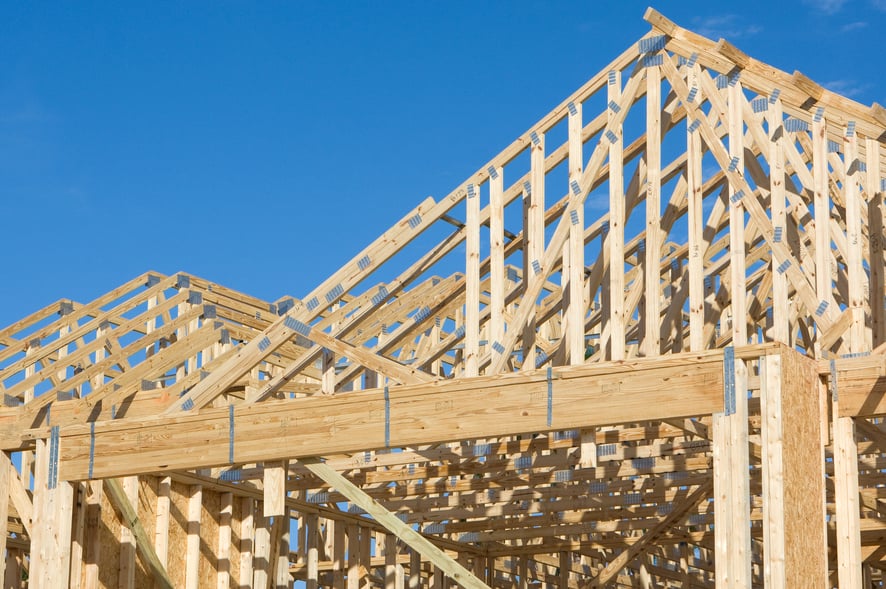
(Photo: Shutterstock/Steven Frame)
|4. Install wind-resistant roof structures
|“Roof sheathing and covering should be rated to resist highwinds,” Streem says. Generally, a home's roof is attached withroofing nails, which are inserted at an angle, but this kind ofroof can come right off. She recommends attaching roofs withhurricane clips, which create a stronger connection between theroof and the house. The clips come in a range of protections,depending on the clip you buy and the weight of your roof.
|Clips are required by the building code in hurricane proneareas, Streem notes, but they also help maintain roof integrity intornado prone areas. When replacing your roof, she advises that youmake sure all roof and wall framings are secured with hurricaneframing clips. All materials should be wind-rated and impactresistant.
|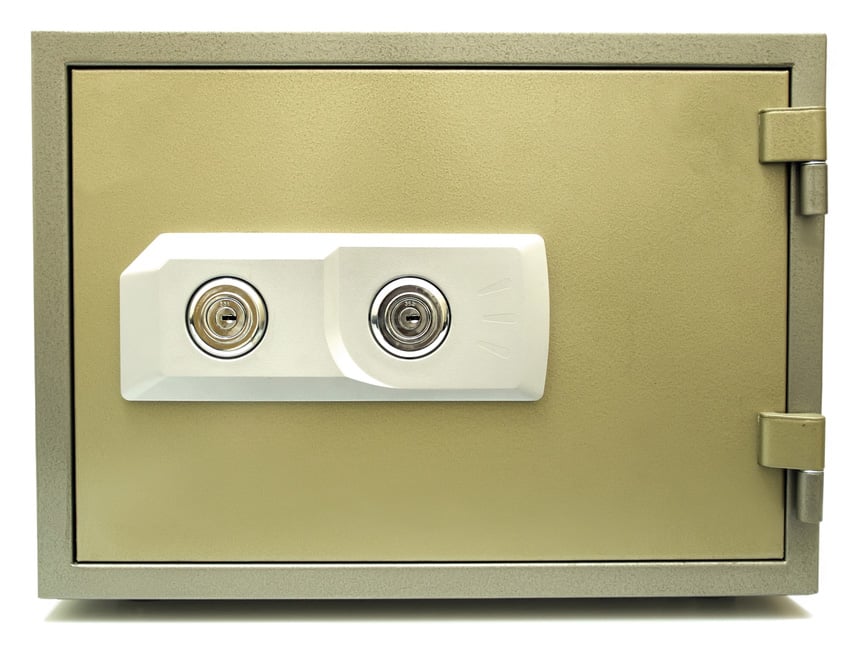
(Photo: Shutterstock/ET1972)
|5. Protect important documents andvaluables
|Streem recommends storing your important papers and valuablepossessions in a fire-proof safe or safety deposit box to ensurethat you'll be able to access them after a tornado. “If you have toevacuate,” she says, “take the documents with you to ashelter.”
|[Related: Simple tornado preparations]
|She also notes that many insurance companies, including ACE,have relationships with security firms that will help with theprocess of recreating documents, like birth certificates ormarriage licenses, for example. For the best protection, bolt thesafe to the floor of an interior room or keep it in your homeshelter.
|Many people store documents and photographs “in the cloud,” but“not everything can be stored in the cloud,” Streem observes. Sheadds that the security of the cloud storage service and its vendorsalso can vary.
|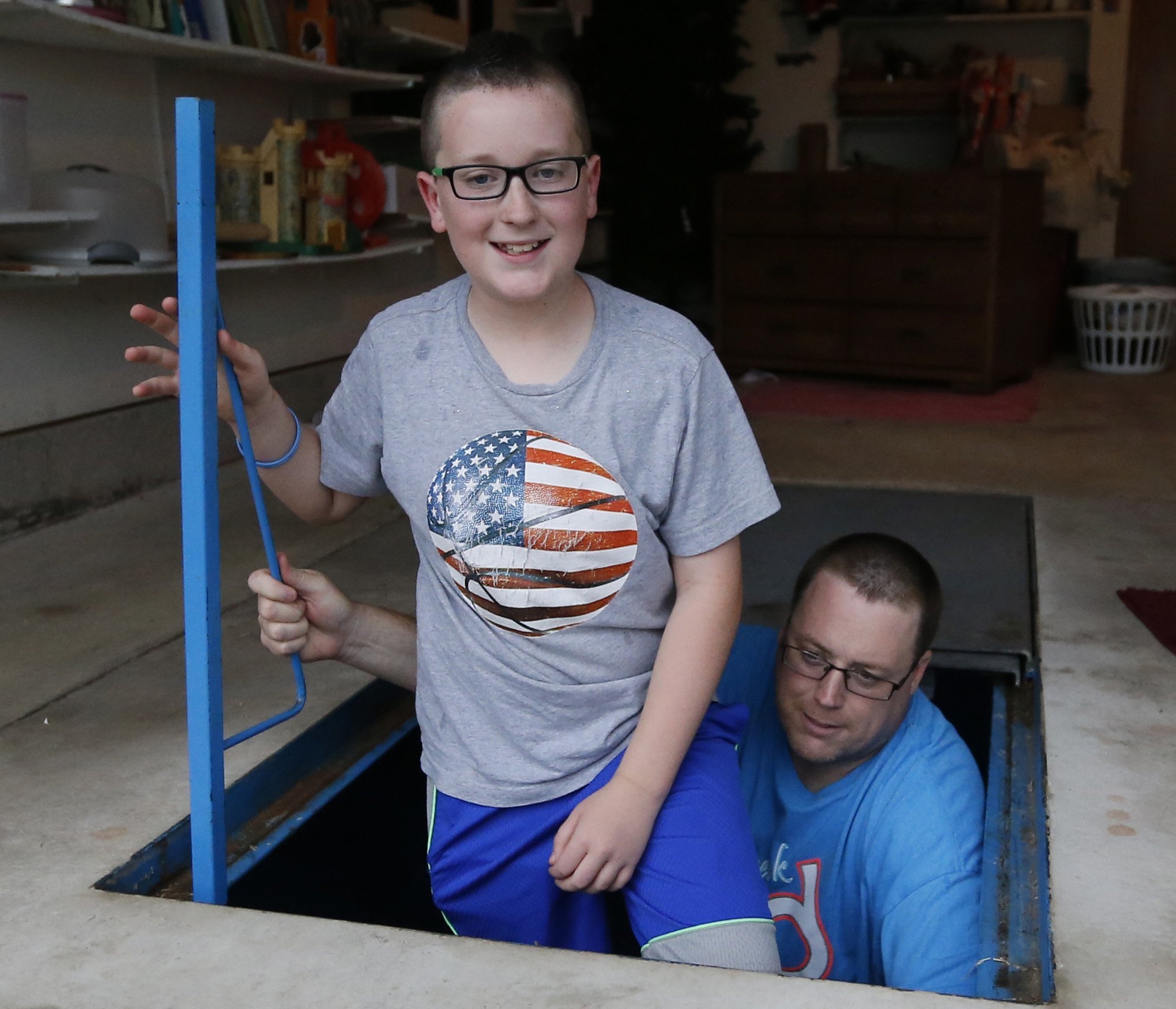
(Photo: AP/Sue Ogrocki)
|6. Prepare your home shelter
|If you live in a tornado-prone area, Streem recommends preparingyour home shelter location by stocking it with essential items suchas a battery-powered radio, a flashlight, spare batteries, waterand snack food like energy bars—anything you don't have tocook.
|[Related: Blown away: 10 tornado facts you may notknow]
|When deciding where to locate your home shelter, “think aboutthe envelope of the structure,” Streem says. The basement is safestplace followed by the center of the home—anywhere with littlepotential for doors and windows to be compromised. She also notesthat many companies build home shelters but you need to understandwhat materials are being used and confirm that they're wind- andimpact resistant.
|“Be sure you have a few hundred dollars in cash, because cashmachines and credit card machines may not work, especially if thereis a power failure along with the tornado,” Streem says. If youhave to shop for gasoline or groceries, the cash registers may notbe able to process credit or debit cards.
|“Nothing beats thinking ahead,” Streem concludes. In her view,the best thing agents and brokers can do for their clients is tolook at the way the homes are built and consider whether it'snecessary to take steps to tornado-proof the structures. Agents andbrokers should remind clients who are building or remodeling to useimpact-resistant and wind-resistant materials as a way to minimizelosses.
|Save
Want to continue reading?
Become a Free PropertyCasualty360 Digital Reader
Your access to unlimited PropertyCasualty360 content isn’t changing.
Once you are an ALM digital member, you’ll receive:
- All PropertyCasualty360.com news coverage, best practices, and in-depth analysis.
- Educational webcasts, resources from industry leaders, and informative newsletters.
- Other award-winning websites including BenefitsPRO.com and ThinkAdvisor.com.
Already have an account? Sign In
© 2024 ALM Global, LLC, All Rights Reserved. Request academic re-use from www.copyright.com. All other uses, submit a request to [email protected]. For more information visit Asset & Logo Licensing.








